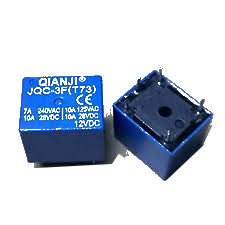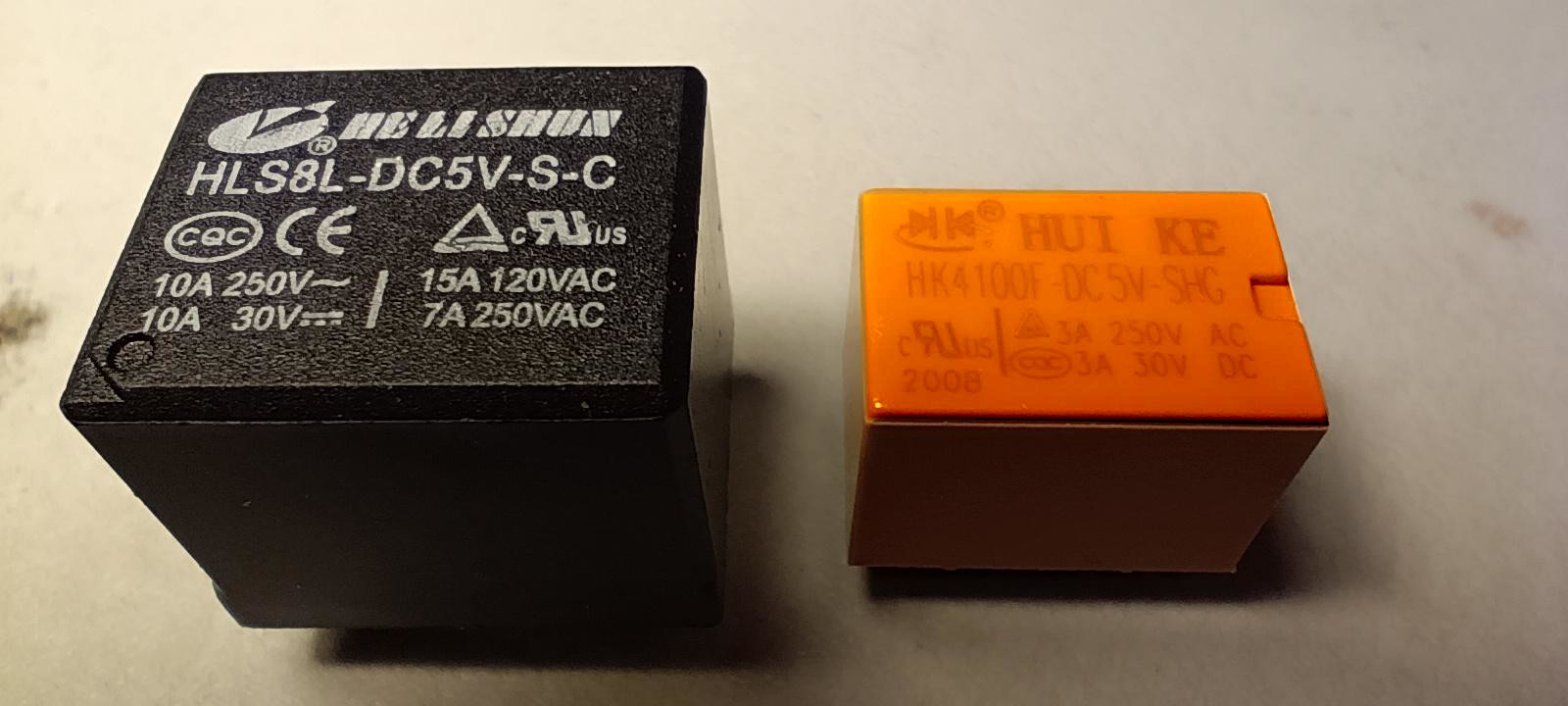

by Professor Petabyte
Relays are often an essential component in systems controlled by microcontrollers. Typically microcontrollers operate on low voltages, either 3.3 or 5 volts around 1 amp, but they may need to operate devices that use far more power, e.g.240 volts, 13 amp. Relays enable microcontrollers such as Picos, to control power hungry devices such as motords.
Typically a relay uses a low power signal to operate a switch that turns on or off another device. e.g. A micocontroller with a temperature sensor attached, might signal a switch to turn on or off a fan. A microcontroller might also via relays operate motor(s) to raise or lower blinds depending on light conditions and/or time of day. A microcontroller with a relay could even open blinds at run-rise and close them at sunset.

Often, relays have 5 or 6 pins on the base. Some have indications stamped on them or embossed into the casing showing what each pin is, but if this is not the case, refer to the manufacturers datasheet.
Either way, there is likely to be
Relays are not well suited to be incorporate on development breadboards of the type shown elsewhere on this website. Neither are relay modules which you can see in the following section, however in practice this does not tend to be a problem, as is shown later,

The top of the relay normally shows the relay's specifications. Relay specifications typically describe the electrical and mechanical characteristics that define how the relay operates, what it can safely switch, and how to use it properly. Here's a breakdown of the common specifications seen on a relay and what they mean:-